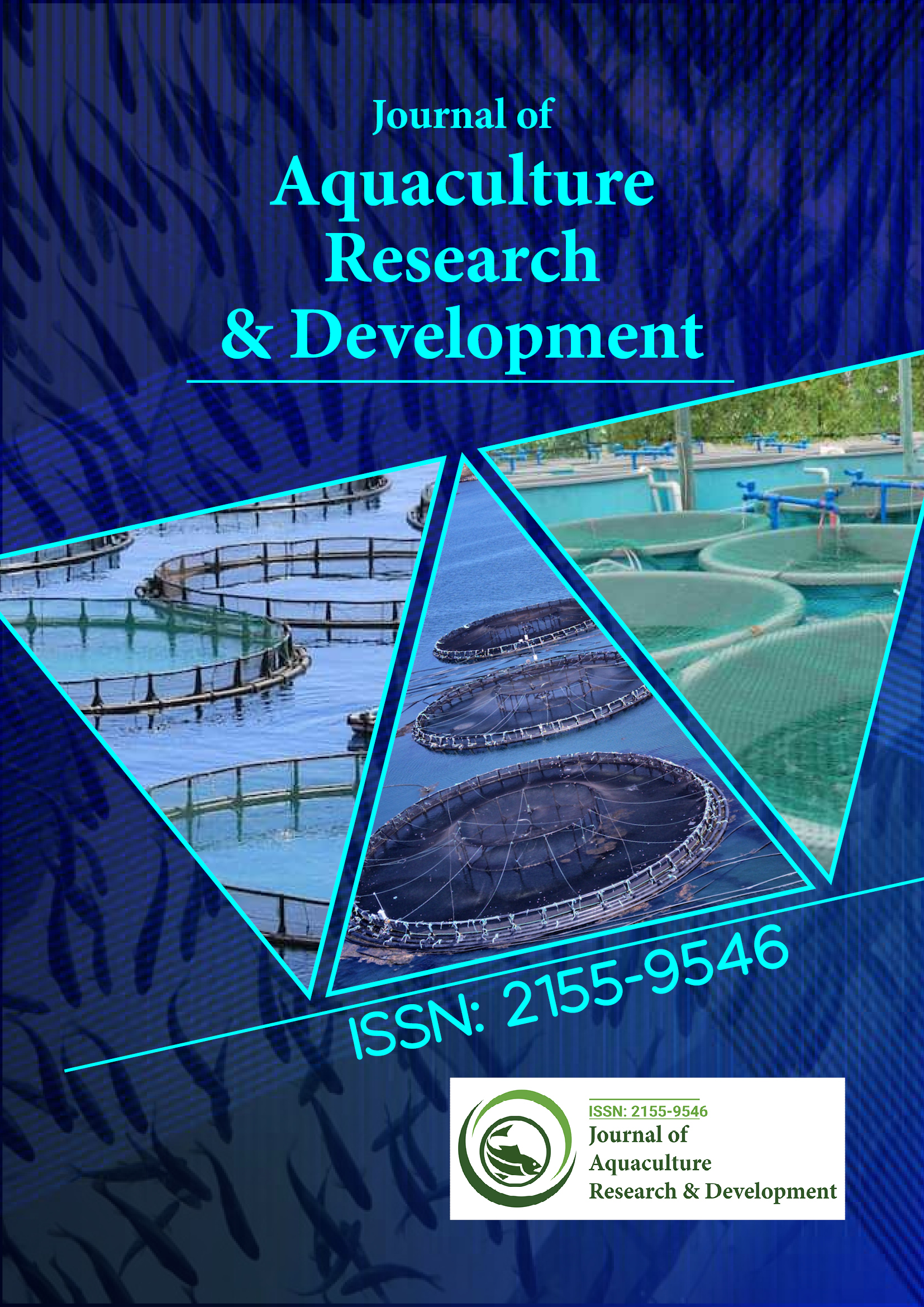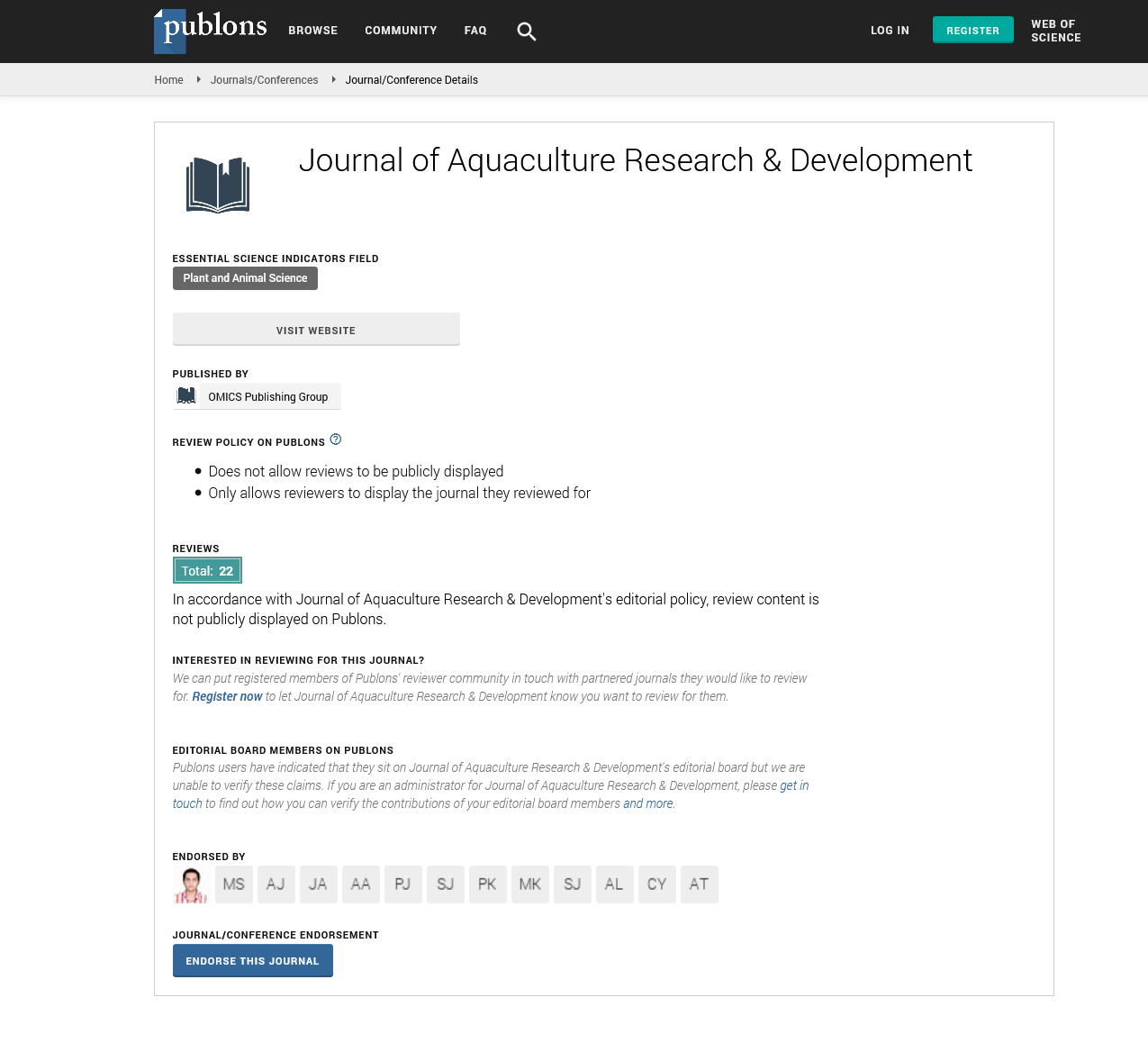Indexed In
- Online Access to Research in the Environment (OARE)
- Open J Gate
- Genamics JournalSeek
- JournalTOCs
- Scimago
- Ulrich's Periodicals Directory
- Access to Global Online Research in Agriculture (AGORA)
- Electronic Journals Library
- Centre for Agriculture and Biosciences International (CABI)
- RefSeek
- Directory of Research Journal Indexing (DRJI)
- Hamdard University
- EBSCO A-Z
- OCLC- WorldCat
- Scholarsteer
- SWB online catalog
- Virtual Library of Biology (vifabio)
- Publons
- MIAR
- University Grants Commission
- Euro Pub
- Google Scholar
Useful Links
Share This Page
Journal Flyer

Open Access Journals
- Agri and Aquaculture
- Biochemistry
- Bioinformatics & Systems Biology
- Business & Management
- Chemistry
- Clinical Sciences
- Engineering
- Food & Nutrition
- General Science
- Genetics & Molecular Biology
- Immunology & Microbiology
- Medical Sciences
- Neuroscience & Psychology
- Nursing & Health Care
- Pharmaceutical Sciences
Commentary - (2025) Volume 16, Issue 5
Economic Consequences of Climate Change for Shrimp Farming Households
Stefano Brink*Received: 28-Apr-2025, Manuscript No. JARD-25-29677; Editor assigned: 01-May-2025, Pre QC No. JARD-25-29677 (PQ; Reviewed: 15-May-2025, QC No. JARD-25-29677; Revised: 22-May-2025, Manuscript No. JARD-25-29677 (R); Published: 29-May-2025, DOI: 10.35248/2155-9546.25.16.988
Description
Shrimp farming has emerged as a major economic activity in coastal regions across the world. It provides employment, contributes to household income and supports local economies. However, shrimp aquaculture is highly sensitive to environmental conditions. Climate change events such as rising temperatures, extreme rainfall, cyclones and sea level rise can significantly affect shrimp production. These events threaten income stability for farmers and associated stakeholders. Understanding the vulnerability of shrimp farming income to climate fluctuations is essential for sustaining livelihoods and managing risks effectively.
Shrimp farming contributes substantially to the economic structure of many coastal communities. In several regions, aquaculture is one of the primary sources of income for smallholder and medium-scale farmers.
Income generation
Shrimp farming generates high-value revenue compared to many traditional coastal occupations. Farmers benefit from controlled production cycles, access to domestic and international markets and favorable market prices. Income from shrimp farming enables households to cover essential expenses such as education, healthcare, housing and nutrition. For communities dependent on subsistence fishing, aquaculture provides a pathway to financial stability.
Employment opportunities
The shrimp farming sector supports both direct and indirect employment. Direct employment includes pond management, feeding, water quality monitoring, disease management and harvesting. Indirect employment arises from the supply of feed, transportation, processing, marketing and equipment production. The economic reach of shrimp aquaculture extends beyond farms, influencing local markets and service providers.
Contribution to local economies
Revenue generated from shrimp farming stimulates broader economic activity in coastal areas. Increased demand for inputs such as feed, fertilizers and construction materials boosts local trade and commerce. Additionally, household spending from shrimp income supports small businesses and service providers, enhancing economic circulation within the community.
Temperature variations
Temperature influences shrimp growth rates, metabolism and disease susceptibility. Prolonged heat waves or sudden temperature shifts can reduce survival rates, delay growth and increase vulnerability to pathogens. Temperature extremes also affect feed conversion efficiency, leading to higher production costs.
Extreme rainfall and flooding
Heavy rainfall can cause pond overflow, alter salinity and introduce pollutants or pathogens into farming systems. Flooding can result in total stock loss and damage to infrastructure such as levees, pumps and feeding systems. Such events directly reduce income and can impose additional costs for reconstruction and restocking.
Cyclones and storm surges
Coastal regions are frequently exposed to cyclones, hurricanes and storm surges. High winds and waves can destroy ponds, erode embankments and contaminate water supplies. The financial losses from structural damage and stock mortality can be severe, affecting both immediate and future income.
Sea level rise and salinity changes
Gradual sea level rise alters salinity patterns in estuaries and coastal ponds. Changes in salinity affect shrimp physiology and growth. Freshwater availability may be reduced, increasing reliance on pumped or treated water. Farmers may face higher operational costs or reduced production, which decreases income reliability.
Mechanisms of income vulnerability
The vulnerability of shrimp farming income to climate events arises from several interconnected factors.
Production loss
Climate events can directly reduce shrimp biomass through mortality, disease outbreaks and poor growth performance. Loss of stock translates into reduced harvest volume and decreased revenue. For small-scale farmers with limited capital reserves, a single adverse event can have substantial financial implications.
Increased operational costs
Maintaining production under changing climatic conditions often requires additional investments. Measures such as pond lining, water treatment, aeration and disease management increase operational costs. These additional expenditures reduce net income and can discourage investment in future production cycles.
Market disruptions
Extreme weather can affect transport infrastructure, market accessibility and supply chains. Delayed delivery or reduced product quality may result in lower prices or unsold stock. Market disruptions further amplify income instability, particularly for farmers who depend on short-term cash flow for household expenses.
Shrimp farming remains a significant economic activity for coastal communities, providing income, employment and professional engagement. However, income from shrimp aquaculture is vulnerable to climate change events, including temperature extremes, flooding, cyclones and salinity fluctuations. These events can reduce production, increase operational costs, disrupt markets and affect household and community well-being.
Citation: Brink S (2025). Economic Consequences of Climate Change for Shrimp Farming Households. J Aquac Res Dev. 16:988.
Copyright: © 2025 Brink S. This is an open-access article distributed under the terms of the Creative Commons Attribution License, which permits unrestricted use, distribution, and reproduction in any medium, provided the original author and source are credited.

